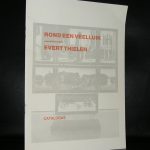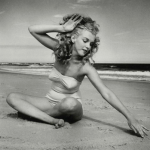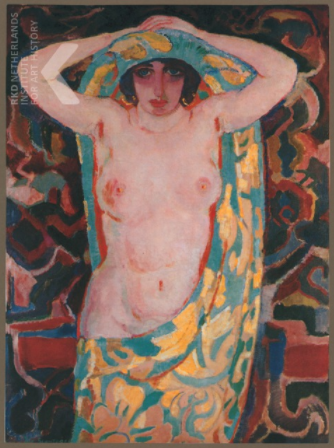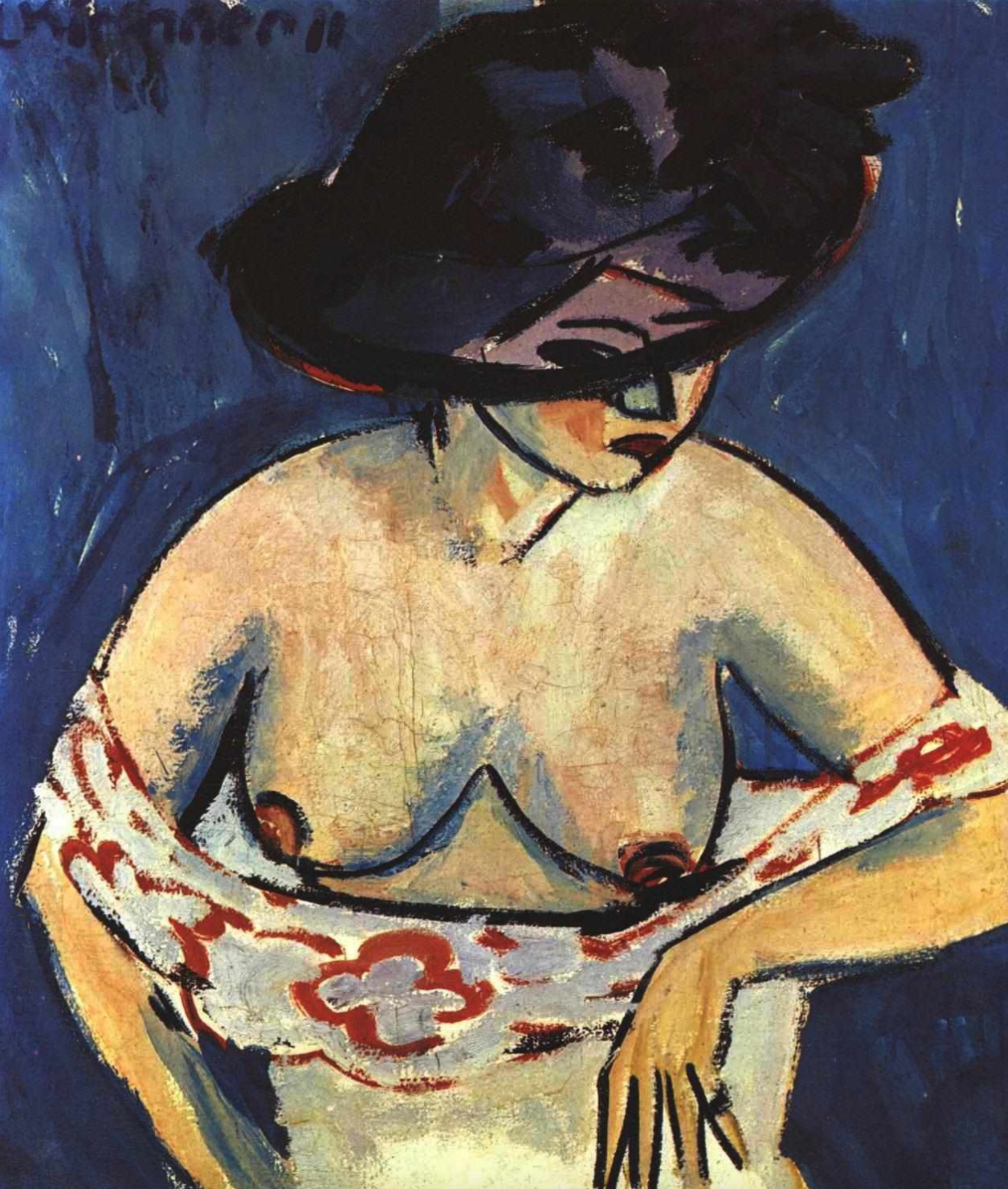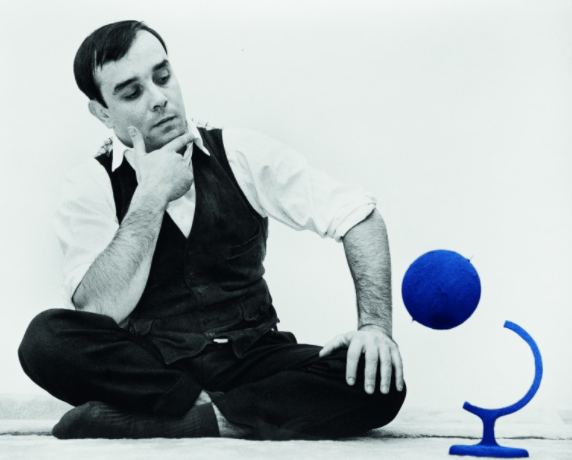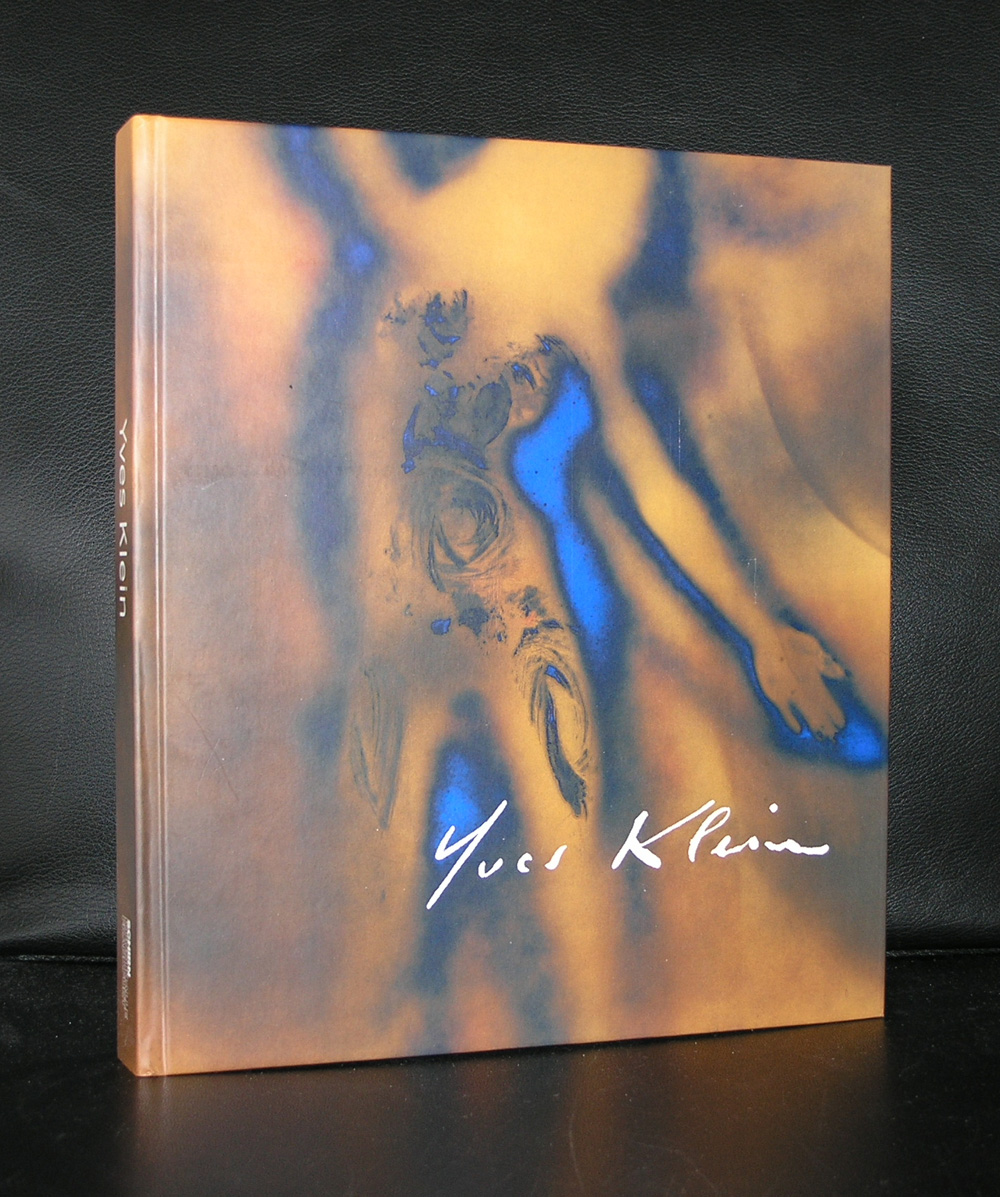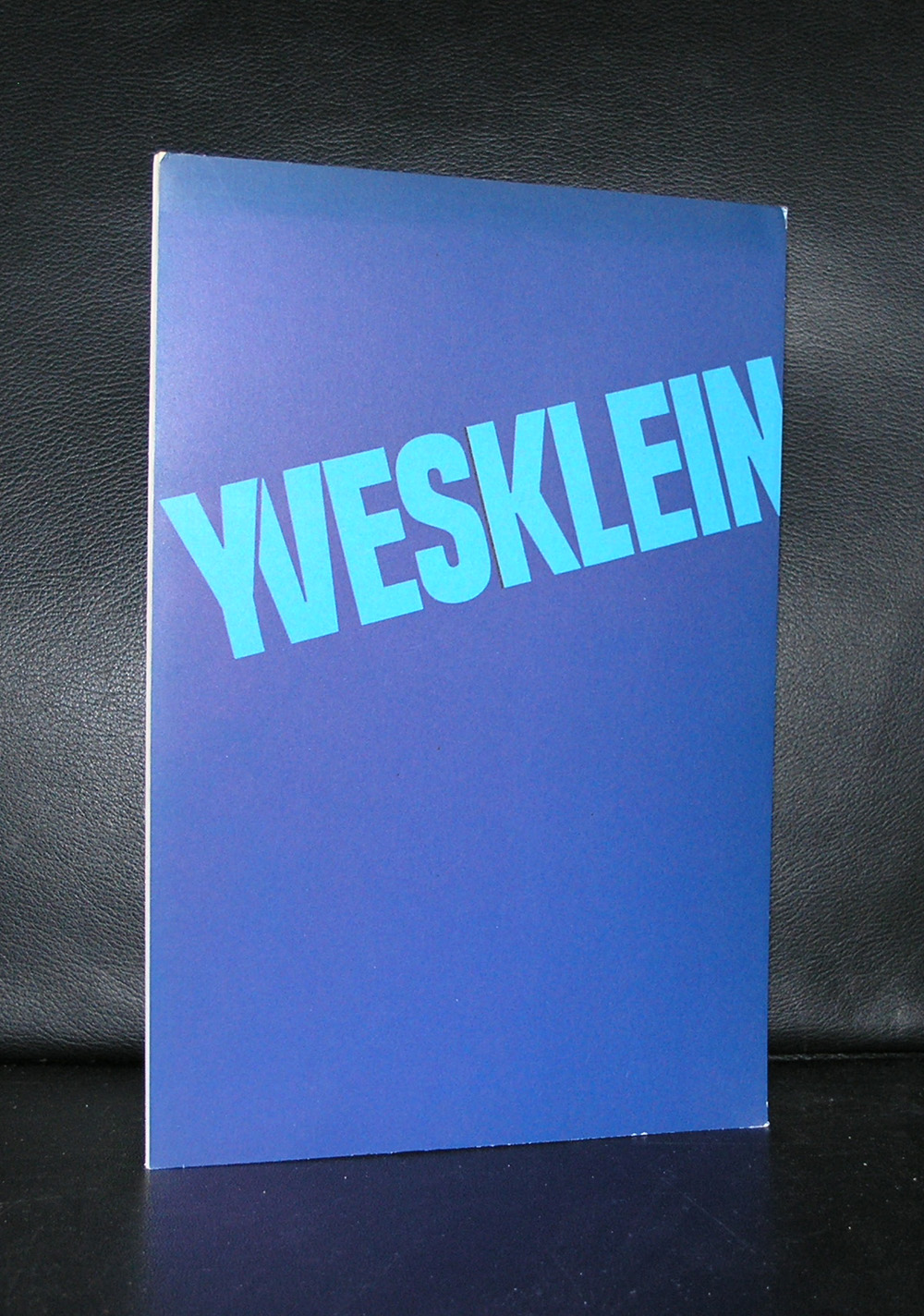
Tom Wesselmann was brought into the world in Cincinnati, Ohio, on February 23, 1931. His educational journey consisted of a stint at Hiram College in Ohio from 1949 to 1951, followed by admission into the University of Cincinnati. However, his studies were interrupted in 1953 when he was required to serve in the army for two years; during this time, he dabbled in the art of cartooning. Upon returning to the university in 1954, he obtained a bachelor’s degree in psychology in 1956. It was during this period that he made the decision to pursue a career in cartooning, leading him to enroll at the Art Academy of Cincinnati. After completing his studies, he relocated to New York City and was accepted into the prestigious Cooper Union. It was here that his focus shifted dramatically to fine art, culminating in the receipt of his diploma in 1959.
Wesselmann swiftly cemented his position as one of the prominent Pop artists of the 1960s in America, choosing to reject abstract expressionism in favor of classical depictions of the human form, still life, and landscapes. To make images as arresting as the abstract expressionism he admired, he integrated everyday objects and advertising ephemera in his collages and assemblages. His most famous works include the Great American Nude series, featuring voluptuous forms and vibrant colors.
Through the 1970s, Wesselmann continued to delve deeper into the concepts and mediums that had captured his attention in the Sixties. Notably, he worked on his series of Standing Still Life, creating free-standing shaped canvases featuring small, intimate objects on a grand scale. In 1980, under the pseudonym of Slim Stealingworth, he penned an autobiography chronicling the evolution of his artistic journey. He also furthered his exploration of shaped canvases, first exhibited in the 1960s, and began crafting his first metal pieces. He spearheaded the development of a laser-cutting technique, allowing him to faithfully transfer his drawings onto cut-out metal. In the 1990s and early 2000s, Wesselmann continued to expand on these themes, producing abstract three-dimensional images that he referred to as “going back to what I had desperately been striving for in 1959.” With ruminations of old age swirling in his mind, he found himself back where it all began. In his waning years, the female form once again beckoned him, manifesting itself in his series of Sunset Nudes. These paintings on canvas were a culmination of bold compositions, abstract imagery, and sanguine moods reminiscent of the odalisques depicted by the likes of Henri Matisse.
For over forty years, Wesselmann’s creative energy thrived in the bustling streets of New York City. It was here where he resided with his wife, Claire, and their children, Jenny, Kate, and Lane. In the same city that fueled his artistic pursuits, William Wesselmann passed away on December 17, 2004.
www.ftn-books.com has some nice Wesselmann titles now available.














